Hello, dear readers!
In this issue, Professor Hu Yong, Chief Physician of the Hand Surgery/Foot and Ankle Surgery Department at Shandong University Second Hospital, and Dr. Fu Mengqi share “Application of 3D Printing in the Treatment of Talus Bridge,” hoping to provide assistance to everyone.


What is a Talus Bridge?

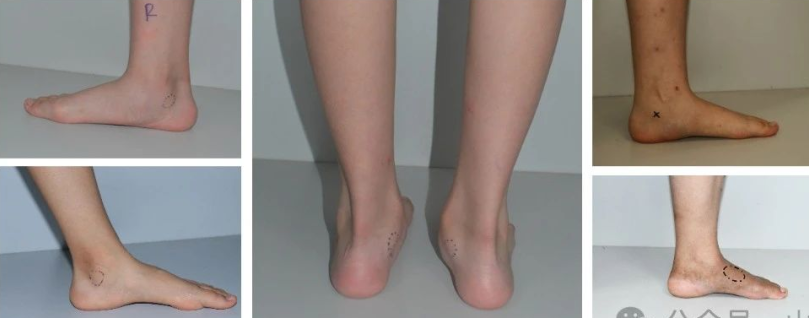
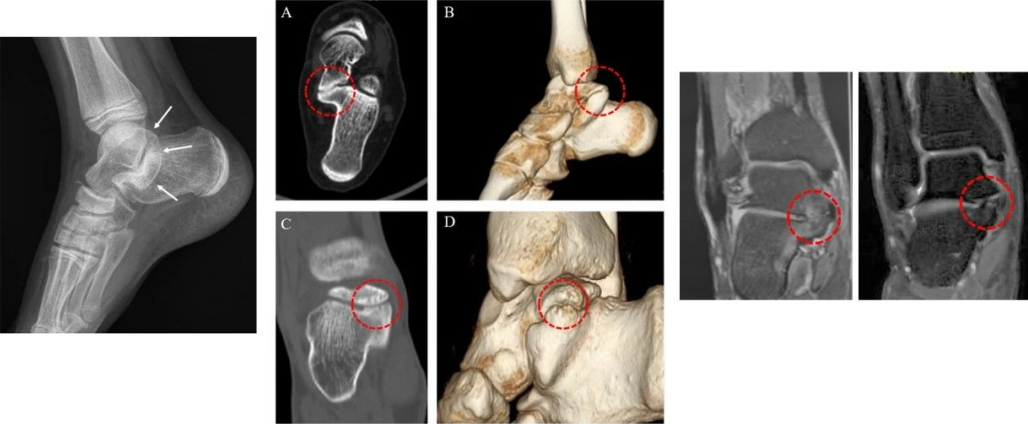
How is the Talus Bridge currently treated?

What problems exist in the current treatment of Talus Bridge?

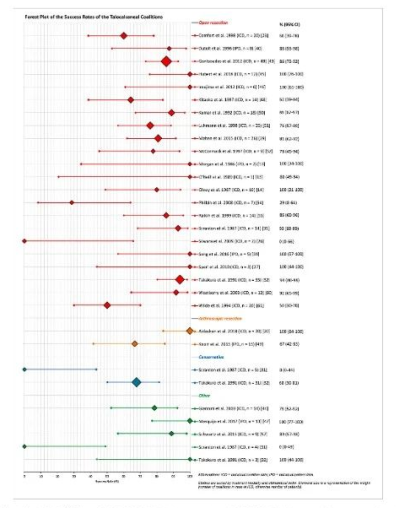
Reasons for the problems

Is there a solution?
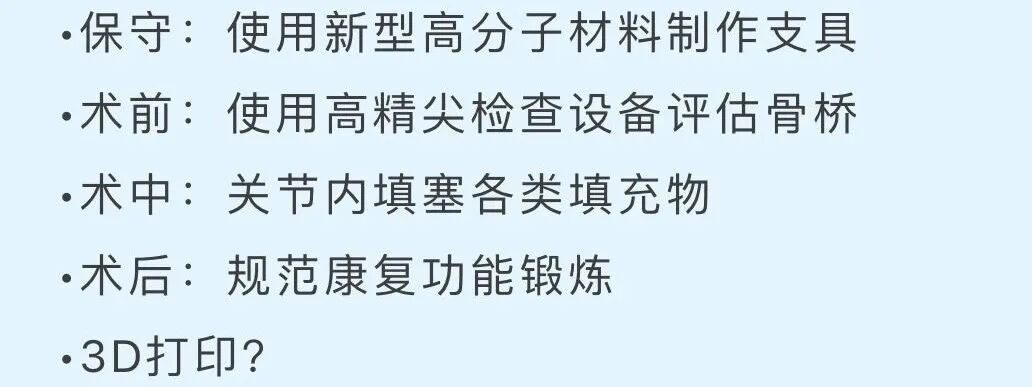
Current Clinical Applications of 3D Printing
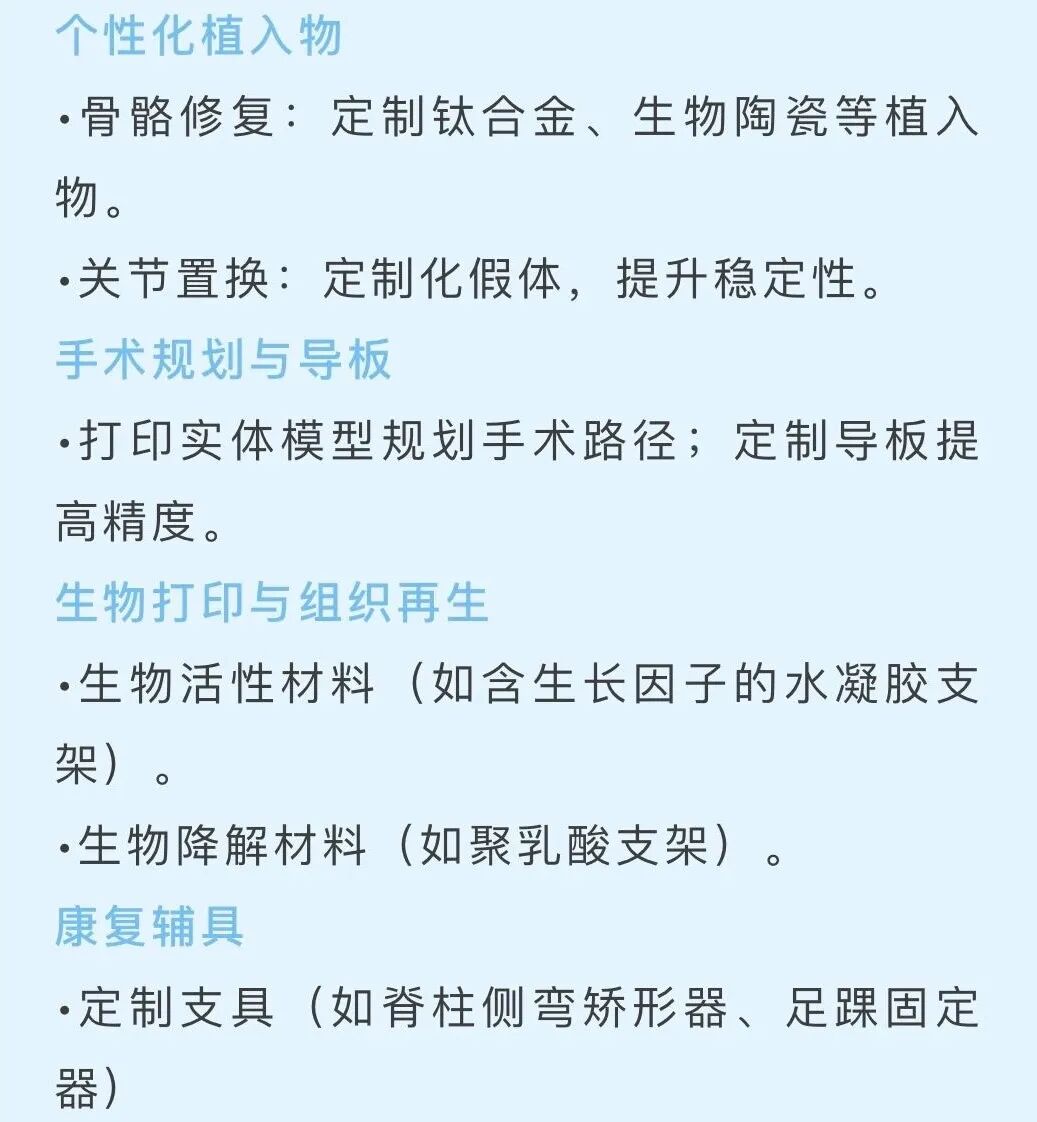
Current Application Scenarios
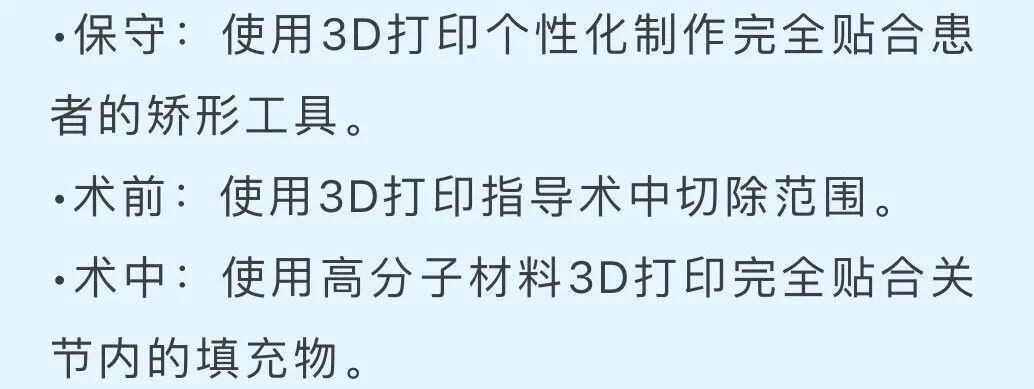
3D Printing – Personalized Shaping Braces
• Using 3D printing, compare the efficacy of conventional braces and custom braces.
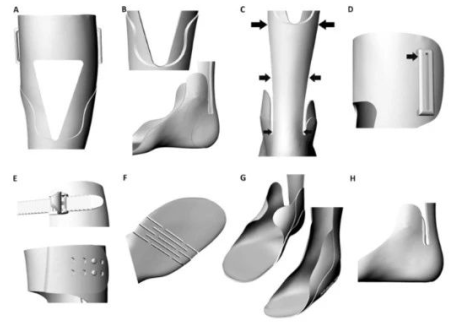
• Compared to traditional braces, 3D printed braces have similar therapeutic effects, but offer better patient acceptance, biomechanical correction, and long-term rehabilitation outcomes.
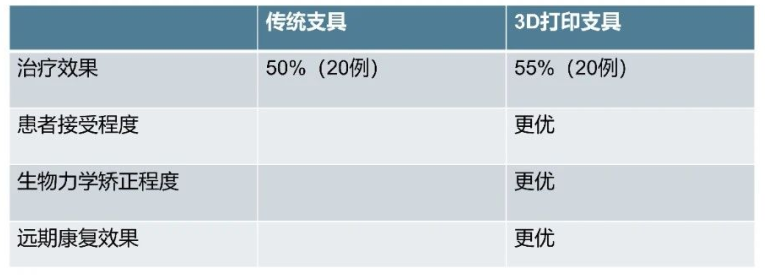
3D Printing – Guiding Talus Bridge Resection Surgery
Shortens surgery time, clarifies resection range, and reduces intraoperative fluoroscopy time.
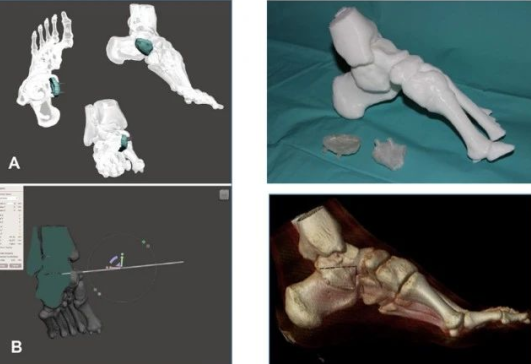
3D Printing – Perfectly Matching Joint Fillers
Uses special polymer materials to print joint fillers.
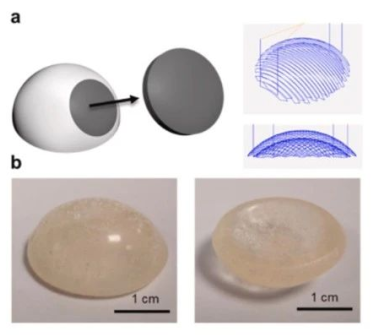
Compared to adipose tissue, 3D printed fillers have a lower postoperative recurrence rate, but offer superior biomechanical correction.

Advantages and Limitations of 3D Printing
Advantages
• Precision medicine: 1:1 modeling solves fitting issues
• Rapid iteration: suitable for emergencies or complex cases
• Cost reduction: decreases complications and medical expenses
• Complex structures achievable: porous structures promote bone ingrowth
Limitations
• Material limitations: metal fatigue strength and biocompatibility need verification
• Regulations and standards: complex approval processes, lack of unified certification
• Cost and technical barriers: equipment reliance on imports, difficult to popularize
• Ethical and data security: risk of patient data leakage
3D Printing – Future Prospects
• Intelligent integration: AI-assisted design optimizes implant structures
• Telemedicine model: grassroots hospitals upload data, central hospitals guide printing
• 4D printing technology: implants dynamically adapt to bone growth
• Multi-material fusion: simulates natural bone-cartilage interfaces
Instructor Summary
• The main advantage of 3D printing lies in its “complete personalization”
• Customizable braces can be made for conservative treatment
• Resection ranges can be predetermined during surgery, reducing fluoroscopy time
• 3D printed polymer fillers fully meet patient needs
• The future potential of 3D printing in orthopedic clinical diagnosis and treatment is enormous
Statement: The article is reproduced from the Shandong Foot and Ankle WeChat public account
—END—
